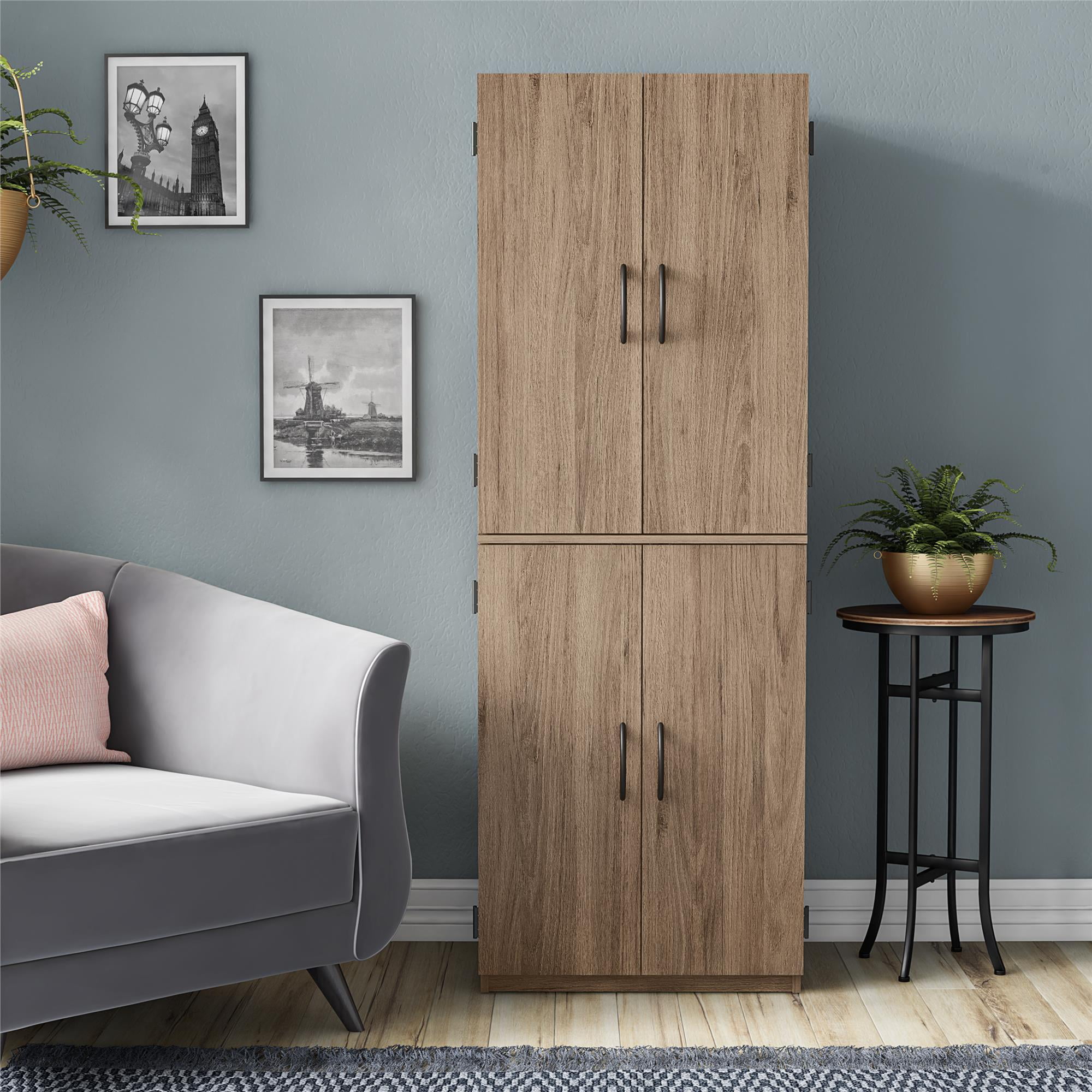Maximizing Space with Overhead Storage Cabinets

Overhead storage cabinets offer a fantastic solution for maximizing space in bedrooms, particularly in smaller rooms where every inch counts. These cabinets can effectively declutter your bedroom and create a more organized and visually appealing environment.
Types of Overhead Storage Cabinets
Overhead storage cabinets come in a variety of styles, each offering unique features and functionalities to suit different needs and preferences.
- Standard Overhead Cabinets: These are the most common type, typically rectangular in shape with hinged doors. They are available in various sizes and materials, such as wood, metal, or plastic. They provide ample storage space for a wide range of items, from clothing and bedding to seasonal decorations and books.
- Sliding Door Cabinets: These cabinets feature sliding doors that move horizontally, offering easy access to stored items without taking up valuable floor space. They are ideal for narrow spaces and can be customized with different finishes and materials to complement your bedroom décor.
- Loft Cabinets: Loft cabinets are designed to fit in the corner of a room, offering a unique and space-saving solution. They often have a sloped roof that allows for easy access to stored items.
- Walk-in Cabinets: These cabinets are larger and offer more storage space, sometimes even resembling a small room. They provide ample space for storing bulky items like suitcases, sports equipment, or seasonal clothing.
Choosing the Right Overhead Storage Cabinet
Selecting the right overhead storage cabinet depends on several factors, including your bedroom size, layout, and storage needs.
- Bedroom Size: Consider the available space in your bedroom before choosing a cabinet. A large cabinet might overwhelm a small room, while a smaller cabinet may not be sufficient for a larger room.
- Bedroom Layout: Take into account the layout of your bedroom, especially the location of windows, doors, and other furniture. You want to ensure that the cabinet is placed in a way that does not obstruct movement or access to other items.
- Storage Needs: Determine what you plan to store in the overhead cabinet. If you need to store bulky items, you will need a larger cabinet with a higher weight capacity.
- Budget: Overhead storage cabinets come in a wide range of prices, depending on their size, material, and features. Set a budget before shopping to ensure you stay within your financial limits.
Installing Overhead Storage Cabinets in Your Bedroom: Overhead Storage Cabinets Bedroom

Installing overhead storage cabinets in your bedroom can be a great way to maximize space and create a more organized environment. However, it’s essential to understand the steps involved to ensure a safe and successful installation.
Tools and Materials Needed for Installation
Before you begin, it’s crucial to gather all the necessary tools and materials. This will ensure a smooth and efficient installation process.
- Measuring tape: For accurately measuring the space and the cabinets.
- Level: To ensure the cabinets are installed straight and level.
- Stud finder: To locate the studs in your wall for secure mounting.
- Drill: For drilling pilot holes and securing the cabinets.
- Screwdriver: For attaching the cabinets to the wall.
- Safety glasses: To protect your eyes from flying debris.
- Work gloves: To protect your hands from splinters and other hazards.
- Ladder: For reaching the upper areas of the wall where the cabinets will be installed.
- Overhead storage cabinets: Choose cabinets that fit the space and your storage needs.
- Mounting hardware: Includes screws, anchors, and brackets, depending on the cabinet design and wall type.
Safety Precautions, Overhead storage cabinets bedroom
Safety is paramount during any home improvement project.
- Wear safety glasses: To protect your eyes from flying debris and dust.
- Use work gloves: To protect your hands from splinters and other hazards.
- Be careful when using power tools: Always follow the manufacturer’s instructions and safety guidelines.
- Have a helper: It’s helpful to have someone assist you with holding the cabinets in place while you secure them.
- Never stand on a wobbly ladder: Ensure the ladder is stable and on a firm surface before climbing.
- Use caution when working near electrical wiring: If you encounter electrical wiring, consult a qualified electrician before proceeding.
Steps Involved in Installing Overhead Storage Cabinets
The installation process involves several steps, each crucial for a successful outcome.
1. Measuring and Planning
- Measure the space: Carefully measure the width, height, and depth of the area where you want to install the cabinets.
- Choose the right cabinets: Select cabinets that fit the available space and meet your storage needs.
- Consider the weight: Ensure the wall can support the weight of the cabinets before installation.
- Plan the layout: Determine the best placement for the cabinets, considering accessibility and ease of use.
2. Mounting the Cabinets
- Locate the studs: Use a stud finder to locate the studs in your wall for secure mounting.
- Mark the mounting points: Mark the wall where the cabinets will be mounted, ensuring they are level.
- Drill pilot holes: Drill pilot holes at the marked points to prevent splitting the wood.
- Attach the cabinets: Secure the cabinets to the wall using the appropriate screws, anchors, or brackets.
- Double-check stability: Ensure the cabinets are firmly attached and stable before loading them with items.
Potential Challenges and Solutions
Installation can present some challenges, but with proper planning and solutions, you can overcome them.
- Uneven walls: Use shims or adjustable brackets to level the cabinets on uneven walls.
- Lack of studs: Use heavy-duty anchors designed for drywall to secure the cabinets in areas without studs.
- Difficult access: Use a stepladder or scaffolding to reach the upper areas of the wall for installation.
- Heavy cabinets: Consider using a helper to lift and hold the cabinets in place during installation.
- Wiring or plumbing: Carefully plan the installation to avoid interfering with existing wiring or plumbing.
